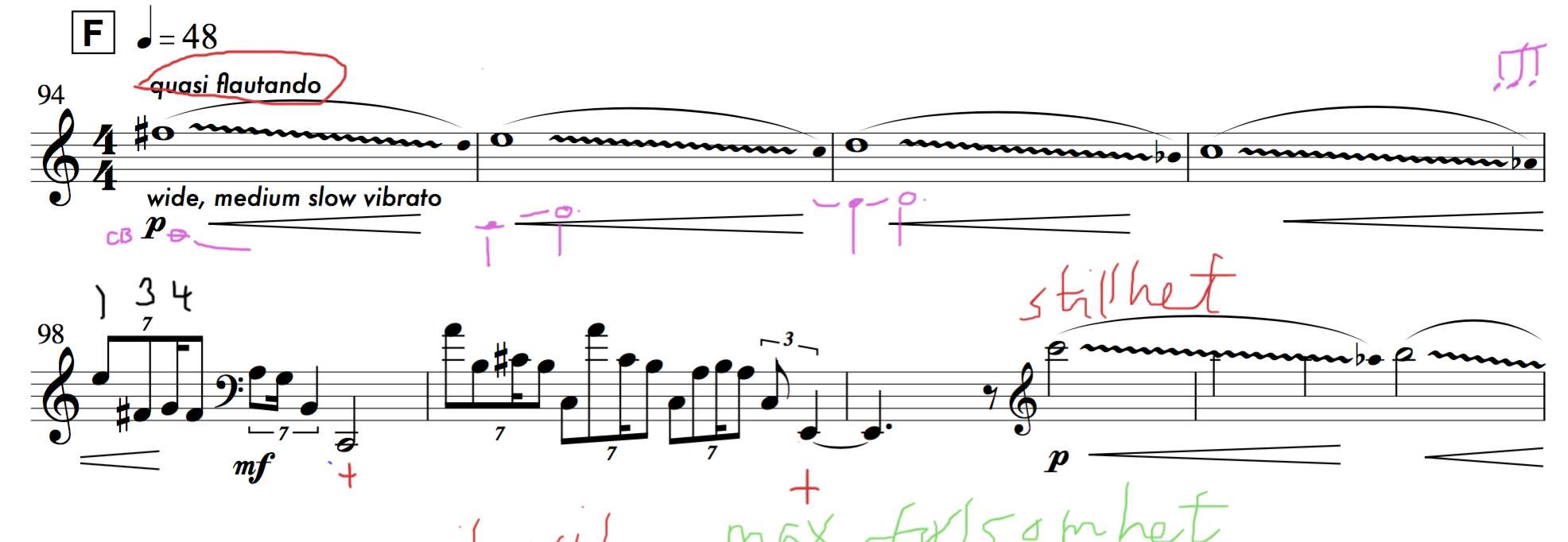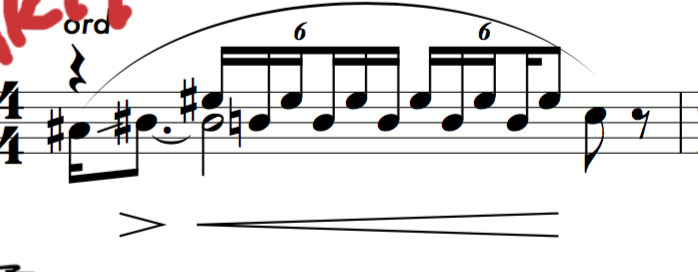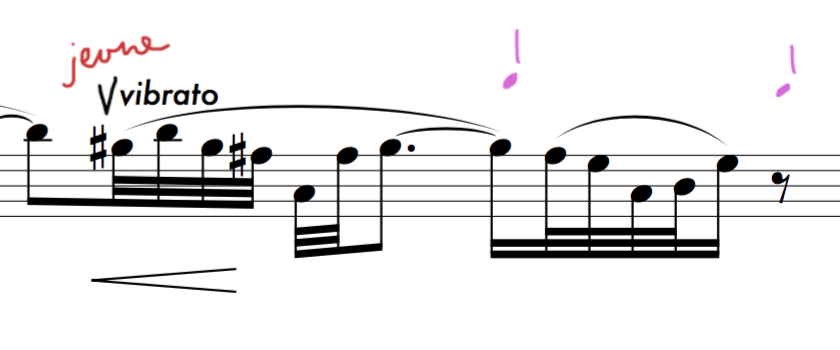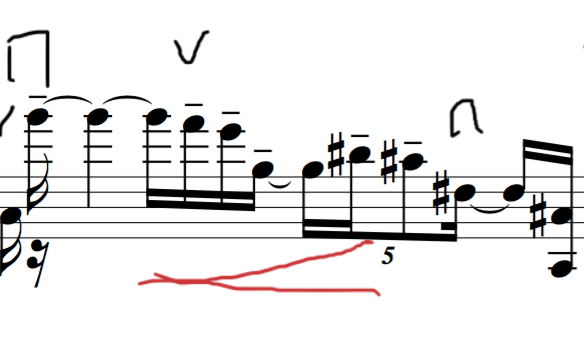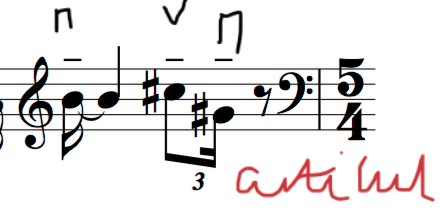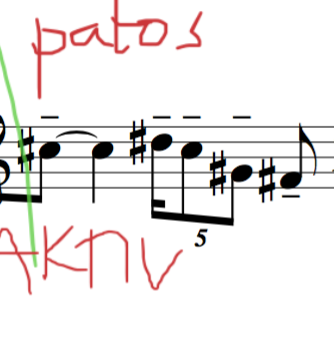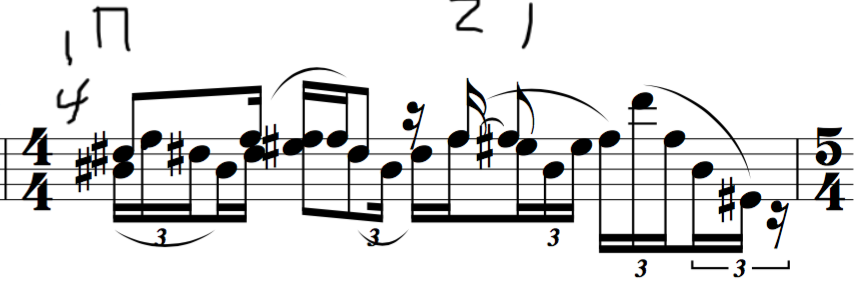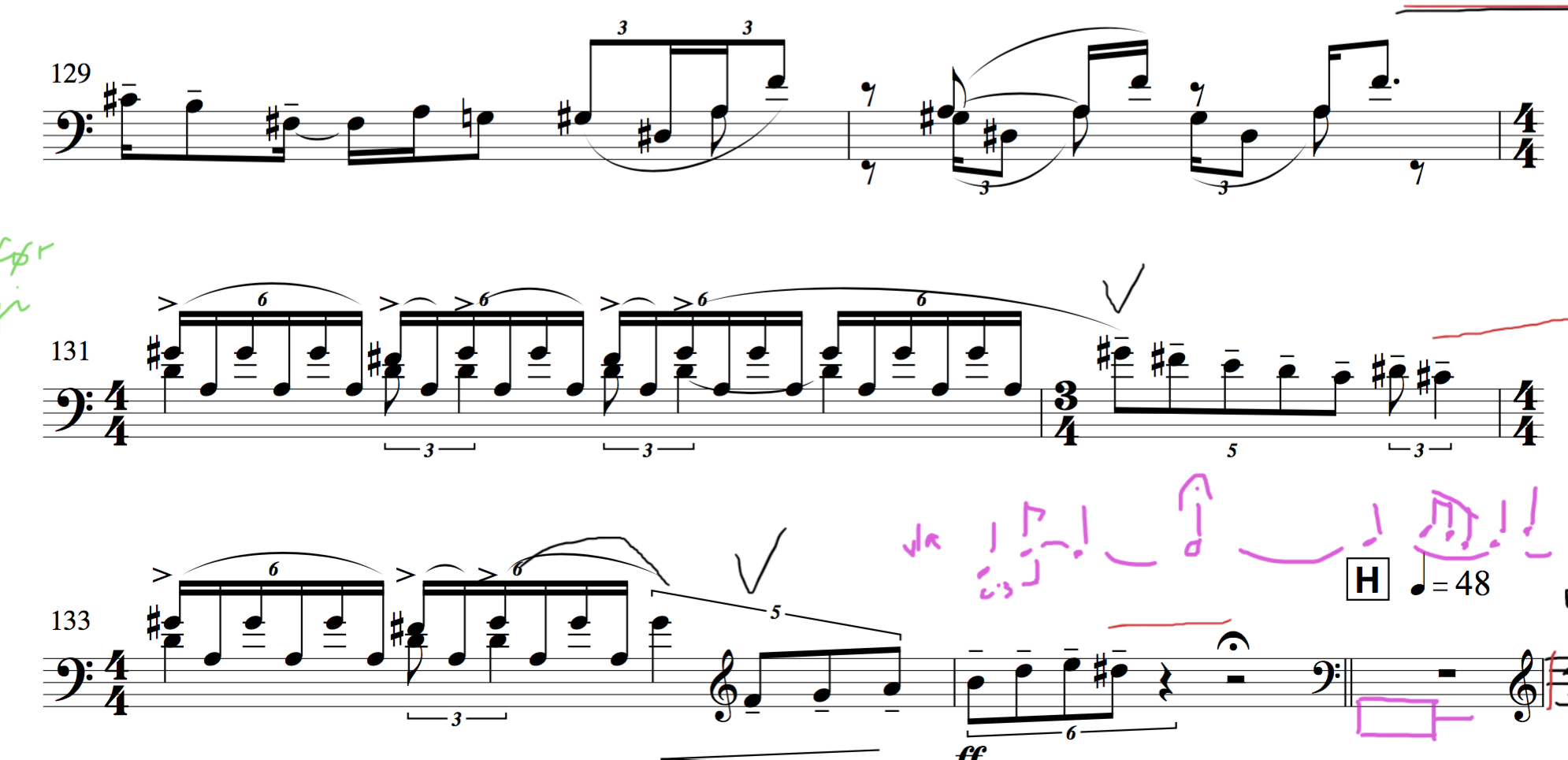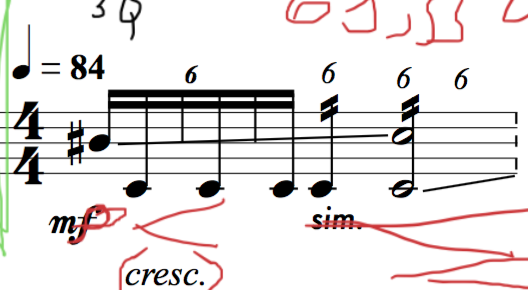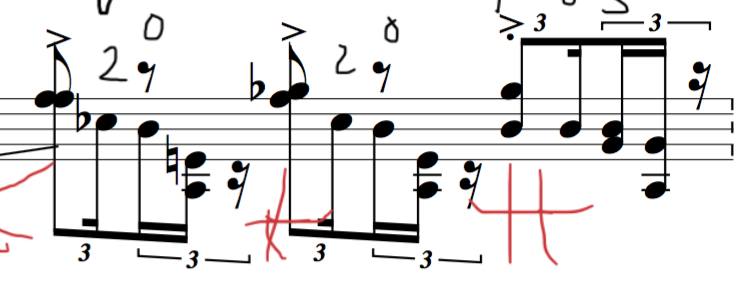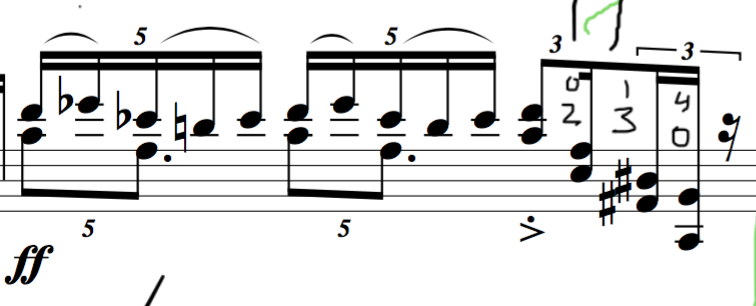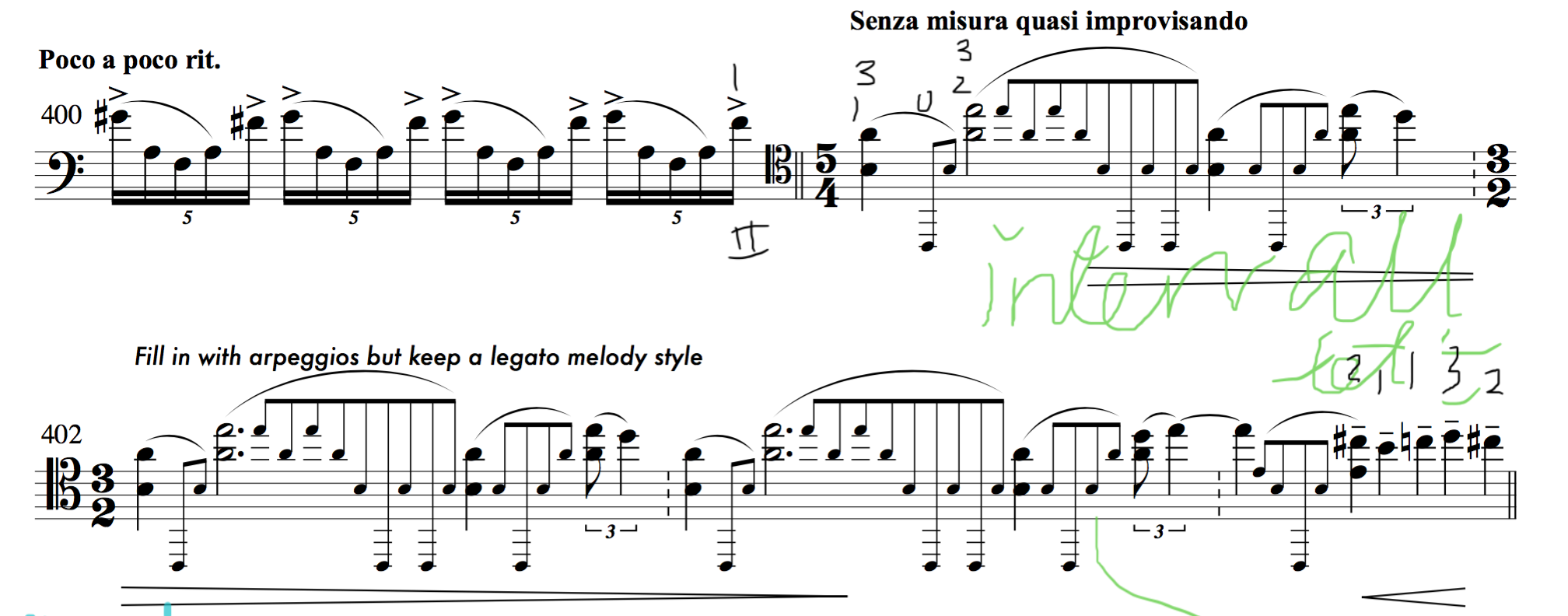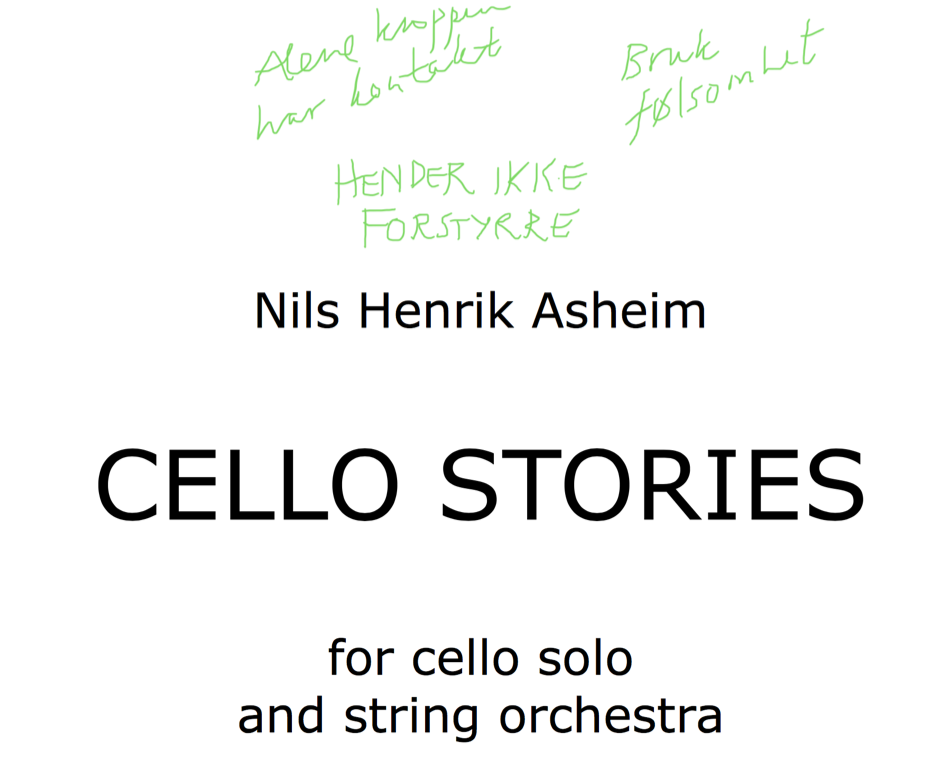 Concert at Dokkhuset, new premiere of Cello Stories by Nils Henrik Asheim
Concert at Dokkhuset, new premiere of Cello Stories by Nils Henrik Asheim
Trondheimsoloists
Conductor: Øyvind Gimse
The concert hall Dokkhuset is filled with people. I walk out on stage, feeling a bit jittery, but calm. I try to stay in the energy I have focused on back stage preparing to go in. My chair is a bit too far to the front, but I cannot move it. I have to bend backwards to see the conductor. Well, it’ll have to work mostly listening.
The concerto has four different stories to tell, I will call them first, second, third and fourth. These stories are so clear and contrasting, and it is of great interpretational inspiration to follow them through the concerto and see how they develop in conversation with each other. The first, which starts in the introduction (bar 1-11), is atmospheric and awake. It has little outbursts of tones in ponticello, and then relaxes on a long note senza vibrato, while the orchestra imitates my outburst notes. The tempo here is 66 per crotchet.
Then comes the aggressive second story, explosive and rhythmical, at A, tempo being 84 per crotchet. Nils Henrik asks me to play it wild and raw, and percussive more than tonal. I think of it as the energy of a sparring fight.
With some short moments of stillness, in bar 15-16, 20 -21 and 24.
The next story, third story, starts at D (bar 54-84); it should be like playing in the darkness blind- folded. The sounds are muffled and the harmonics and quartertones rub against each other creating differing rhythmical vibrations. It’s floating and quiet, but with a disturbing feeling. Tempo is 48 per crotchet, so this is the slowest section, or story.
Then at F, (bar 94-112) comes the happy playful fourth story. Starting with quasi flautando slow vibrato glissandi, giving a melancholic and somehow a bit comical feel, and then a large interval tune in 7th’s spanning over two octaves. This part has the same tempo marking as D, but the feeling is still a lot quicker and lighter. I think about being playful.
After the first two sections have been presented, the atmospheric introduction 1 is developed from B, bar 28-44,
getting more and more active,
before again the percussive battle, second story, rages on at C, bar 45 – 53, and the moments of stillness have gained activity:
The first story keeps developing, waking up more and more – next part comes at E, bar 86 – 93. Introducing more vibrato in the little gestures like the one in bar 88.
At G we return to the fight, second story, but something is happening. It is not as aggressive, but maybe swinging a bit more, and elements are being added, here a double voicing:
This intertwines with the double voiced melodies:
And the energy is constantly augmenting till the culmination of all the three different aspects:
Then follows a short version of third story , at J. Back to second from bar 188, K, still with the elements of double voicing and melodic pathos:
At L we return to playfulness, in the fourth story:
M is a clearer part of third story, with more active rhythmical patterns than the last:
It feels like the different stories start interfering more and more with each other, coloring each other. Like at N we get a mix of first and second as small aggressive outbursts, but in a faster tempo, 72 per crotchet, and the orchestra playing constant sextuplets. At the end of that section, bar 290-296, the aggression has won:
O is the orchestra’s intermission developing the motive of sextuplets, big intervals and also a melodic line in the first violins. I feel P being a mix of the double voicing from G and K story 2, together with the 7th playful melody rhythm of the fourth story.
Then Q, from 314, the active battle second story, takes up what the orchestra has done in O, and the aggression is now more tonal and less percussive. Melodic and with a lot of double voicing. This story is here reaching a new potential of sound:
At R we are back in the first story from 332 till 342, the solo cello having a secondary role in the total sound, more accompanying, very soft. At 343 comes melody and the happy fourth story:
Going all the way to T in bar 374, where the violins have big forte glissandi, preparing the ground for the Cadenza in bar 381. The cadenza has elements from all the stories, from the sextuplets, the double voicing, the aggressive second story:
Ending up in bar 401 with a quasi-improvised atmospheric part,such a contrast after all this energy and activity.
At V, bar 406-410 still has a quasi-improvised timing, and melodic material from the fourth story, ending up in the very first story at W. At the very end of the cadenza I hold the long note and I can feel the audience in there with me. It is as if I can just keep this note for however long, and they will listen attentively.





